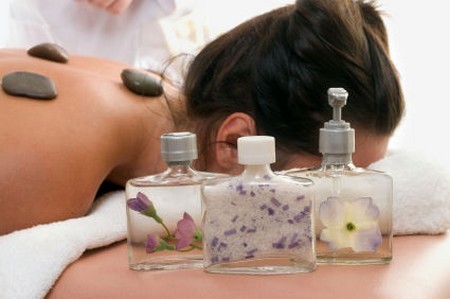Traditional Chinese medicine has been used for many thousands of years in the prevention and treatment of illness. The first words written about this form of medicine, the Nei Ching, were written down in AD 400 and known as the Yellow Emperor’s Classics of Internal Medicine. TCM is not one but many therapies, and can include Chinese herbs, acupuncture, massage, moxibustion, diet and movement, such as tai chi. Herbal medicine, acupuncture, moxibustion and other therapies often viewed as being ‘traditionally Chinese’ are also a part of the traditions of Japan, Korea and Tibet. While TCM has come to be the best known of these traditions, all are branches of Oriental medicine as a whole.
Chinese medicine has to be looked at from a totally different standpoint to Western medicine. While conventional doctors will treat the symptoms, only sometimes looking for causes, a practitioner of Chinese medicine will see the symptoms only as a sign of something deeper. TCM treats the patient as a whole – that the mental, physical and emotional are all linked – and will try to diagnose causes and treat them so eventually the symptoms may disappear.

The philosophy behind TCM is that good health depends on the flow around the body of Qi (pronounced chee) or vital energy. This energy moves through invisible channels or meridians. There are fourteen meridians, seven yin and seven yang. Yin and yang are opposing, yet complementary forces. Yin is seen as the dark, feminine, cold force and represents the dense, blood-filled organs such as the liver and heart. Yang is seen as the light, male, warm side and represents the organs concerned with discharge and digestion such as the bladder and stomach. We are also further considered to be made up of five elements – wood, fire, earth, metal and water.
When in perfect health, the two forces are in perfect balance. But if one dominates and there is an excess of yin or yang, then ill health or disease can develop. The Chinese believe there can be many causes leading to this. There are the external energies of dampness, wind, dryness, cold, heat and summer heat, or the emotions or bad diet and fatigue may play a part. For instance, if there is too much fire in the body, then the skin may become inflamed, if there is too much damp, then phlegm can result. These can all affect the flow of Qi through the body and the practitioner of Chinese medicine will use various methods to free the flow of energy and restore balance.
How the therapy works
Children will be diagnosed differently to adults, especially infants. TCM practitioners believe that 90 per cent of ailments in the under threes are digestive or respiratory in origin and special attention will be paid to these areas.
The Chinese have built up a list of therapeutic herbs over thousands of year and each will be chosen for their effect on particular organs. So a ‘cold’ herb may be used if there is an excess of heat in the body. Unlike homoeopathy, where only one remedy is given, a mixture of herbs will be prepared.
Heating the pressure points, known as moxibustion, may also be used. Small amounts of the herb moxa is burnt in a cone and either held over a pressure point or stuck on a needle to help stimulate the point. Diet, lifestyle and exercise will also be looked at and may be included in treatment.
Acupuncture is also commonly used in TCM as well as Chinese herbs. If acupuncture is used, needles will be inserted on some of the 365 main pressure points along the meridians during treatment which will help to free the flow of vital energy.
What to expect from a first visit
The practitioner of Chinese medicine will want to build up a detailed picture of your child before making a diagnosis. Questions about their general health, lifestyle, habits, personality, likes and dislikes, how they fit into the family, sleep routines, bowel habits, emotions and so on will be asked. Your child’s tongue will be examined as the Chinese beheve the condition of the tongue – its texture, coating, colour and shape – are all significant. Your child’s pulse will also be taken – the practitioner will feel for six on each wrist, which correspond to different organs, although in younger children, the pulse will only be in one place on each wrist, or on the neck and ankles. Only then will the practitioner decide which type of treatment will best suit your child.